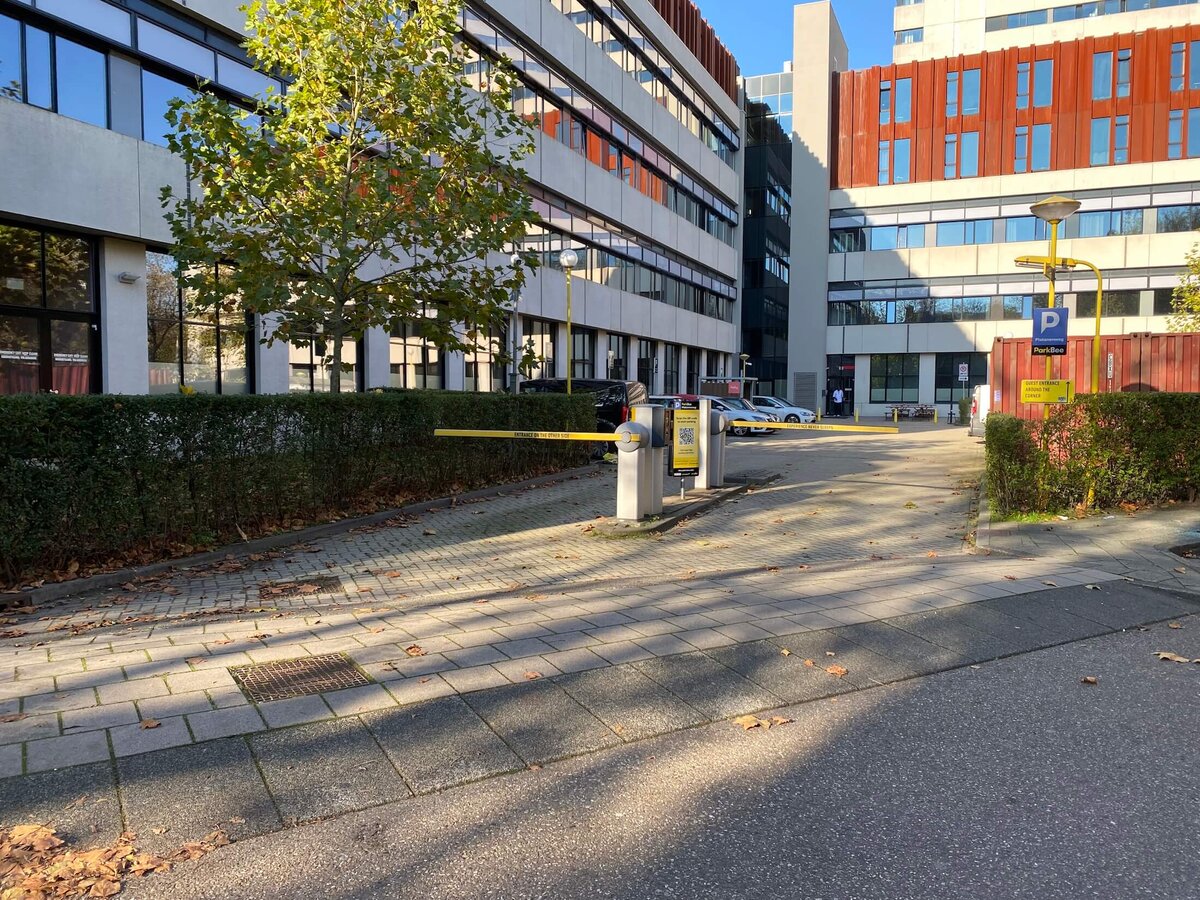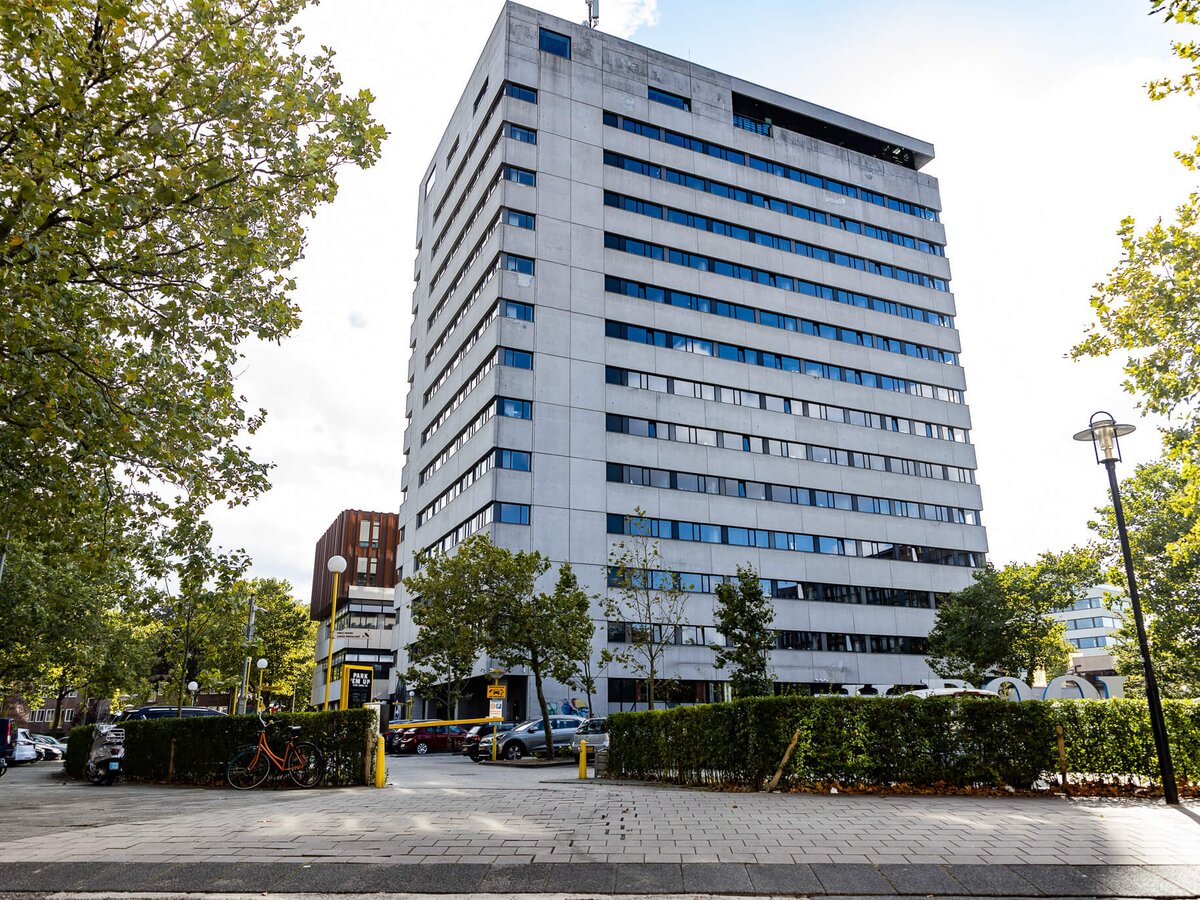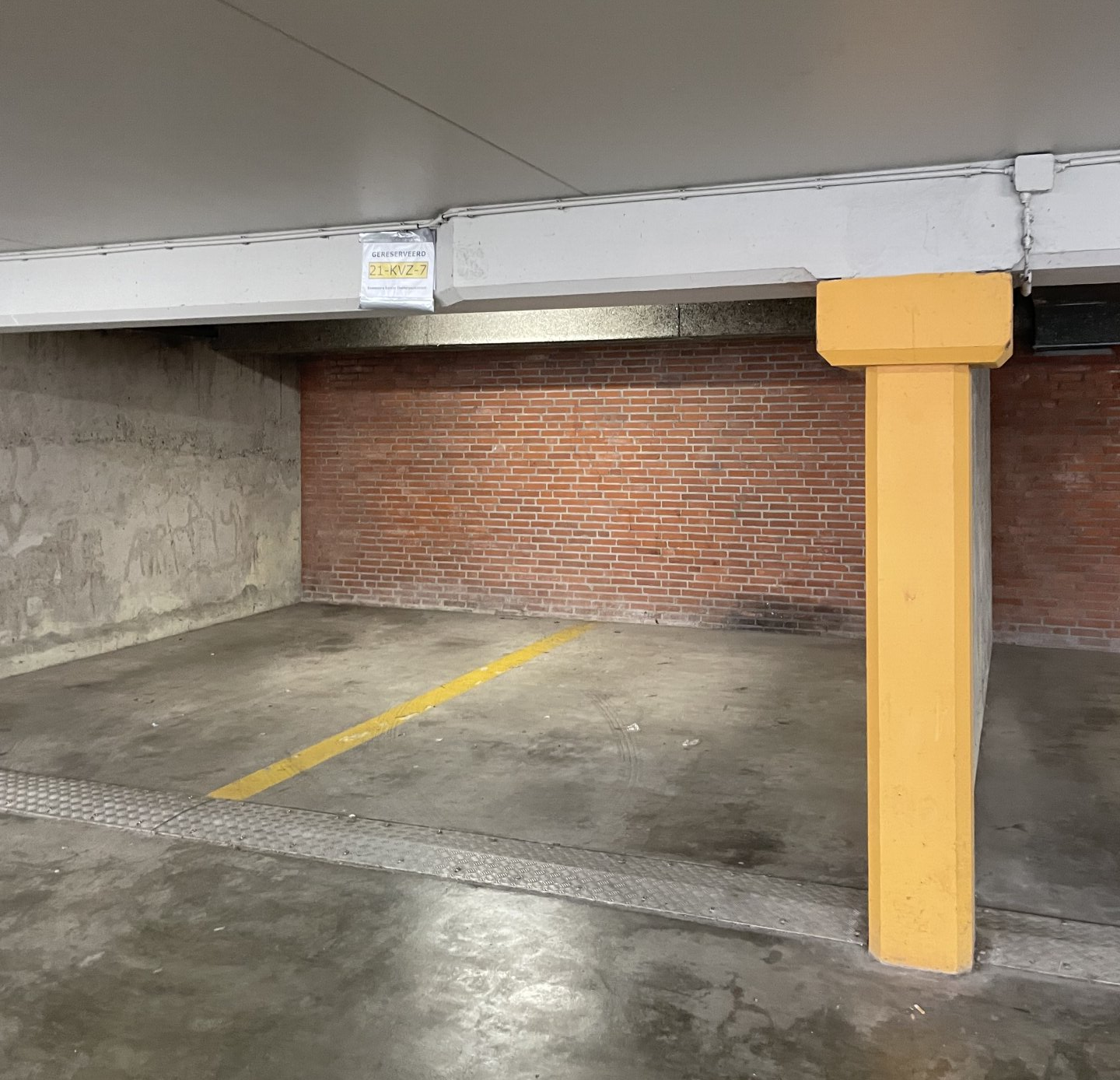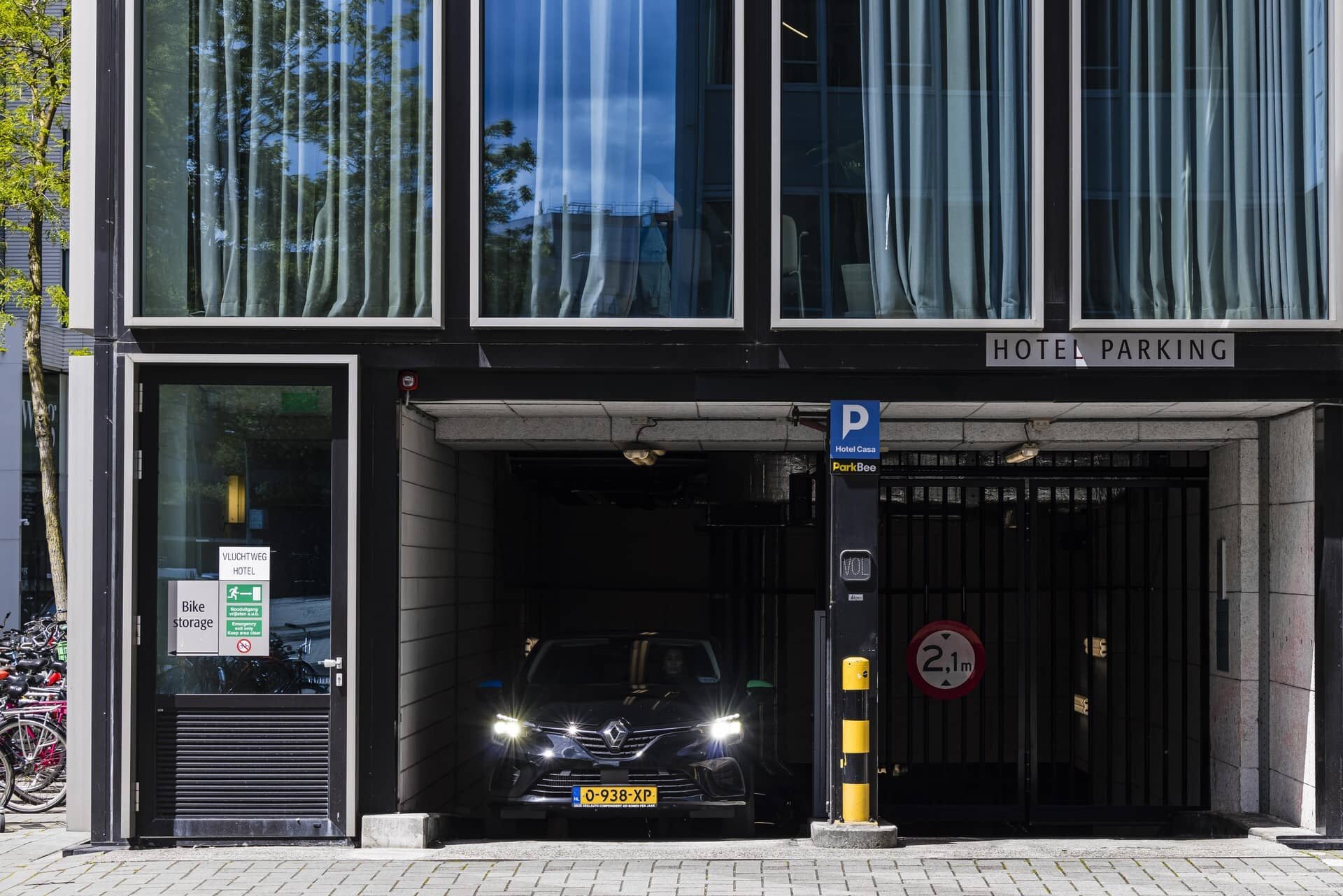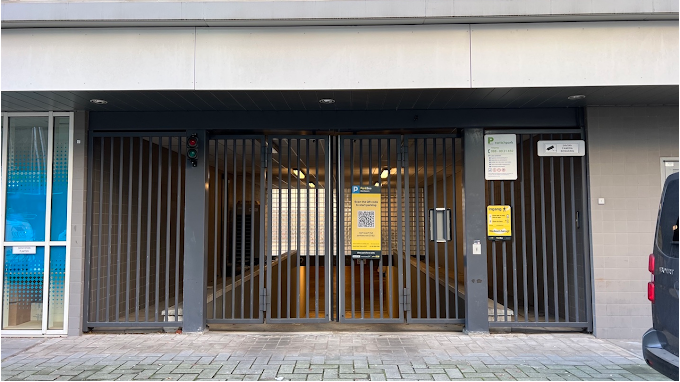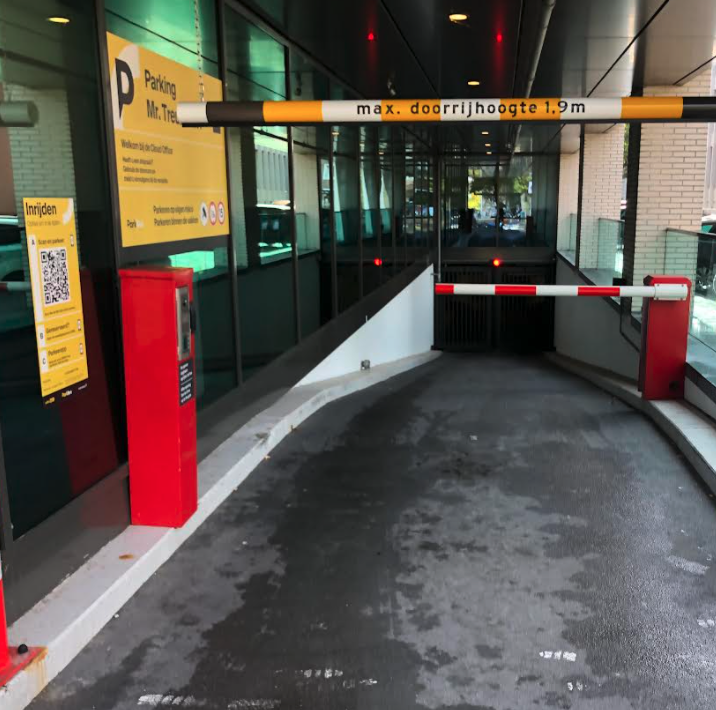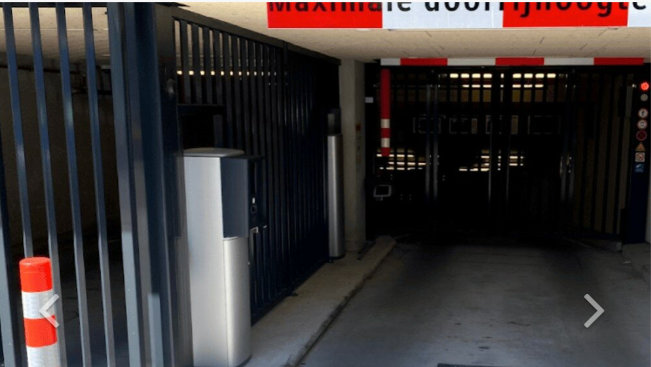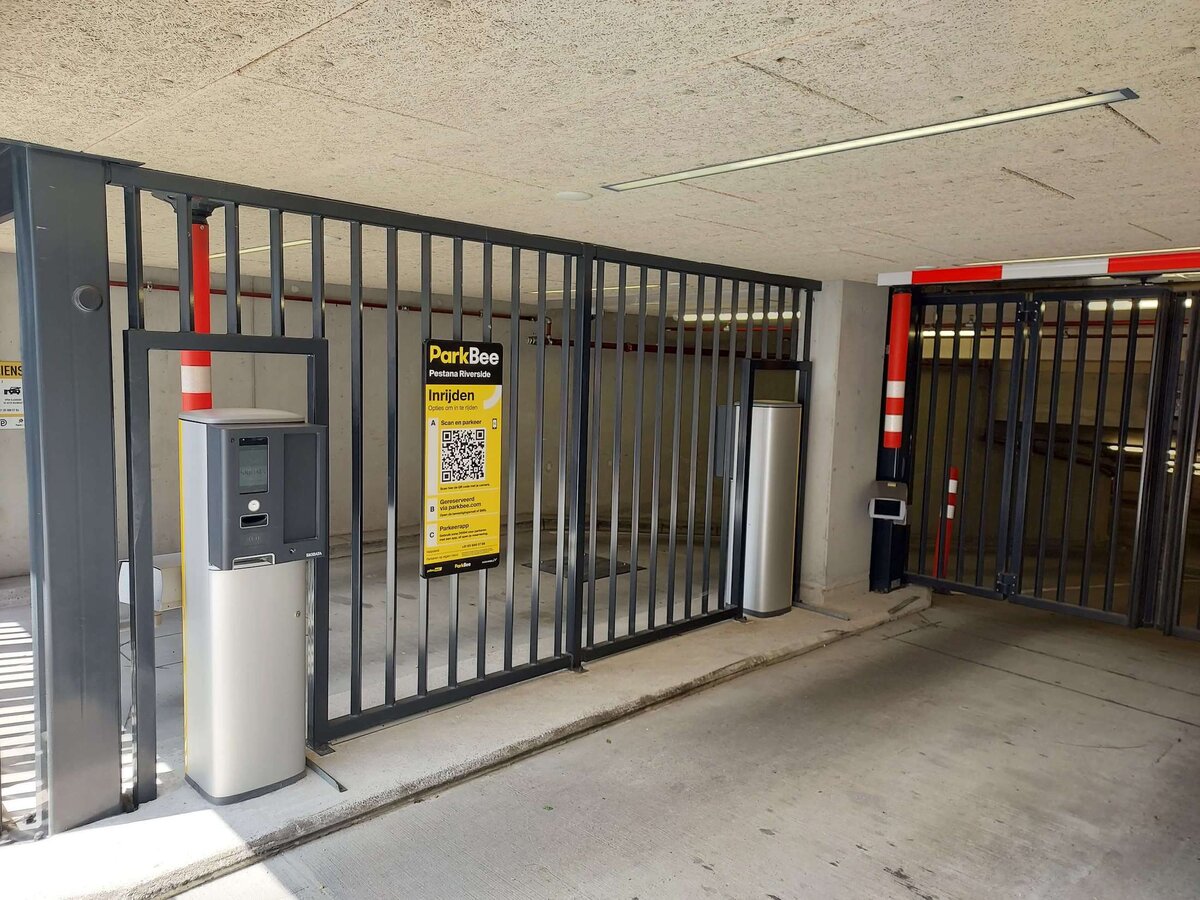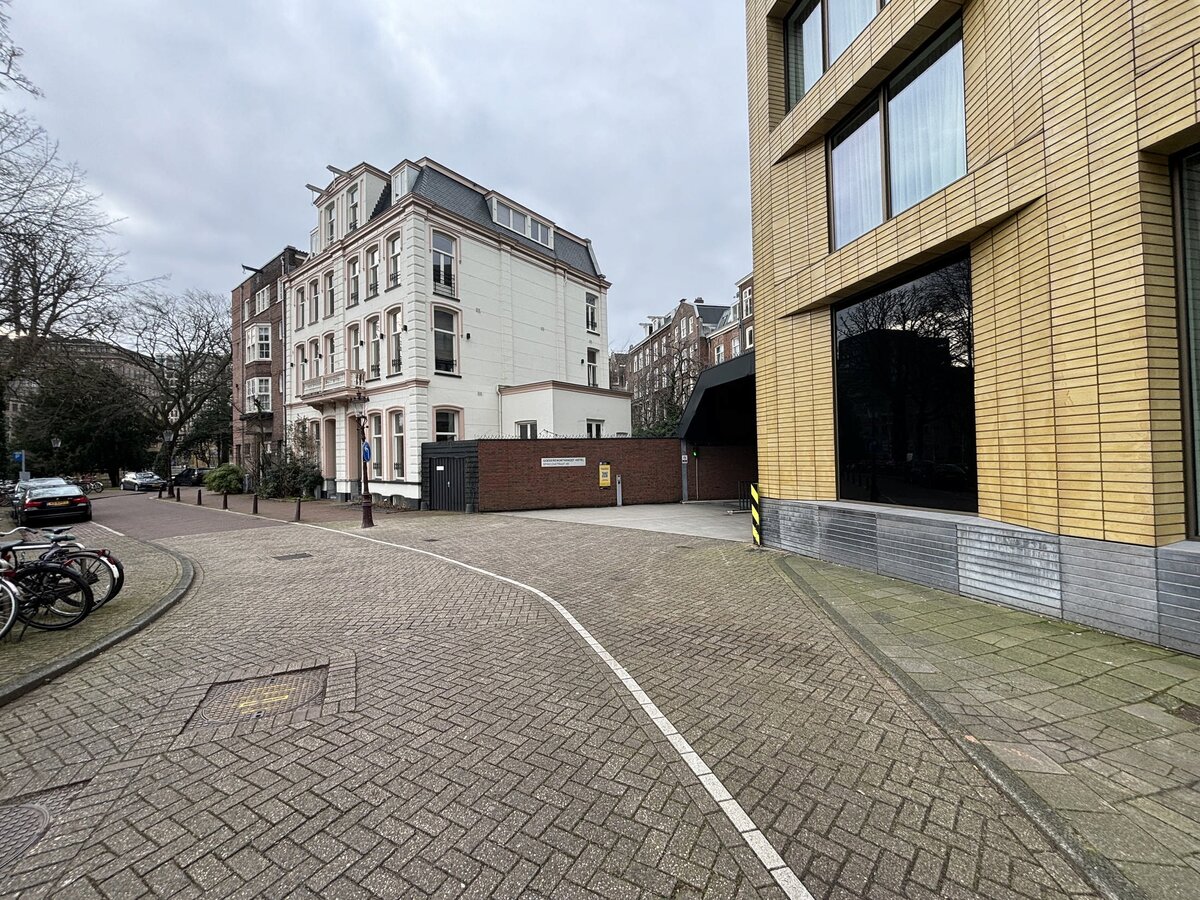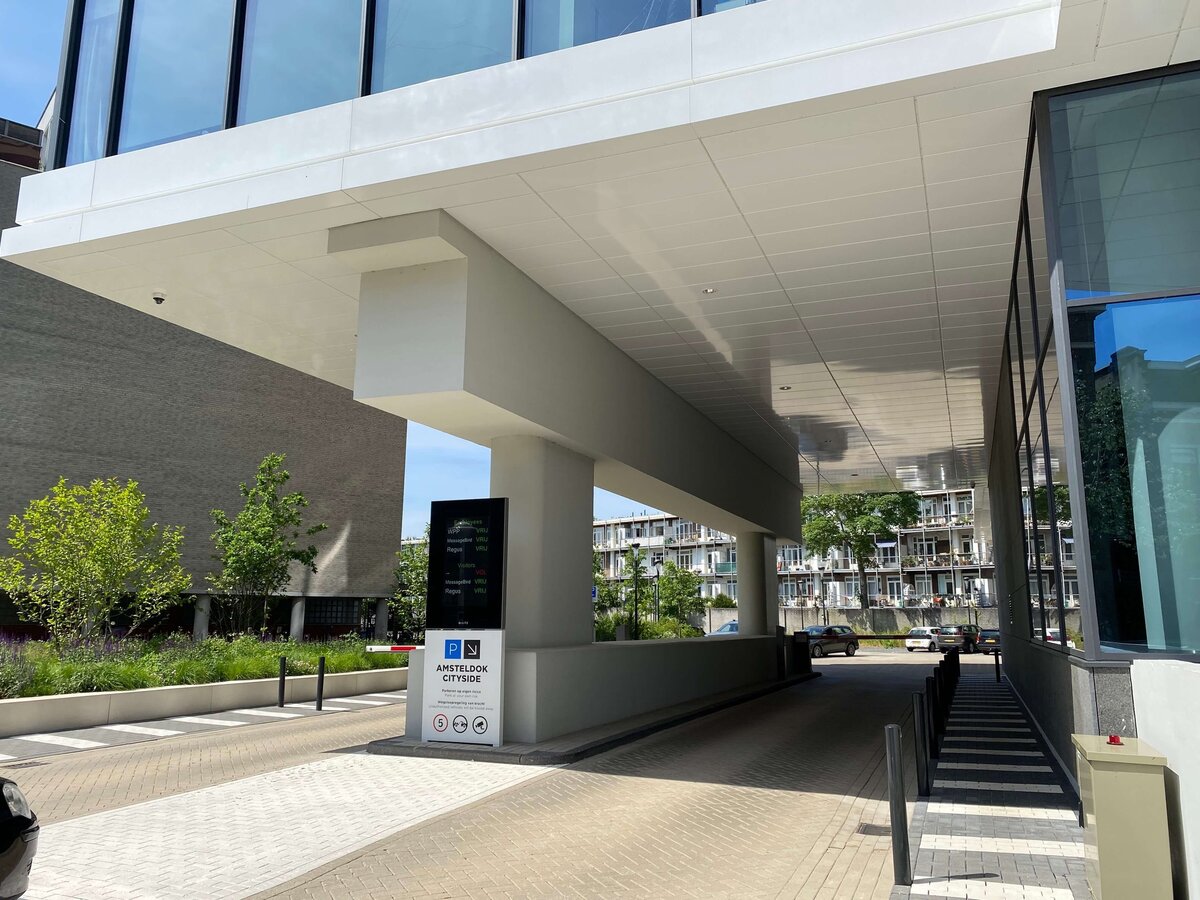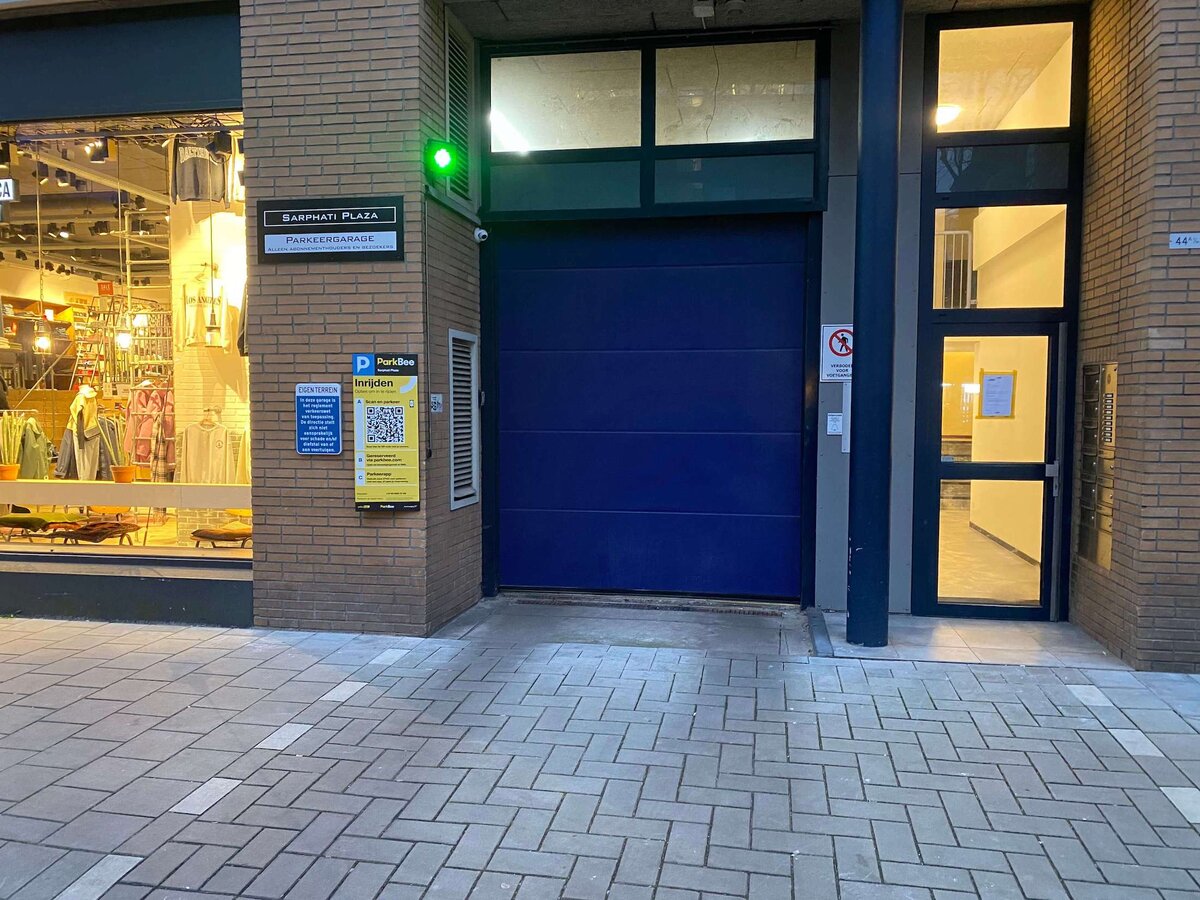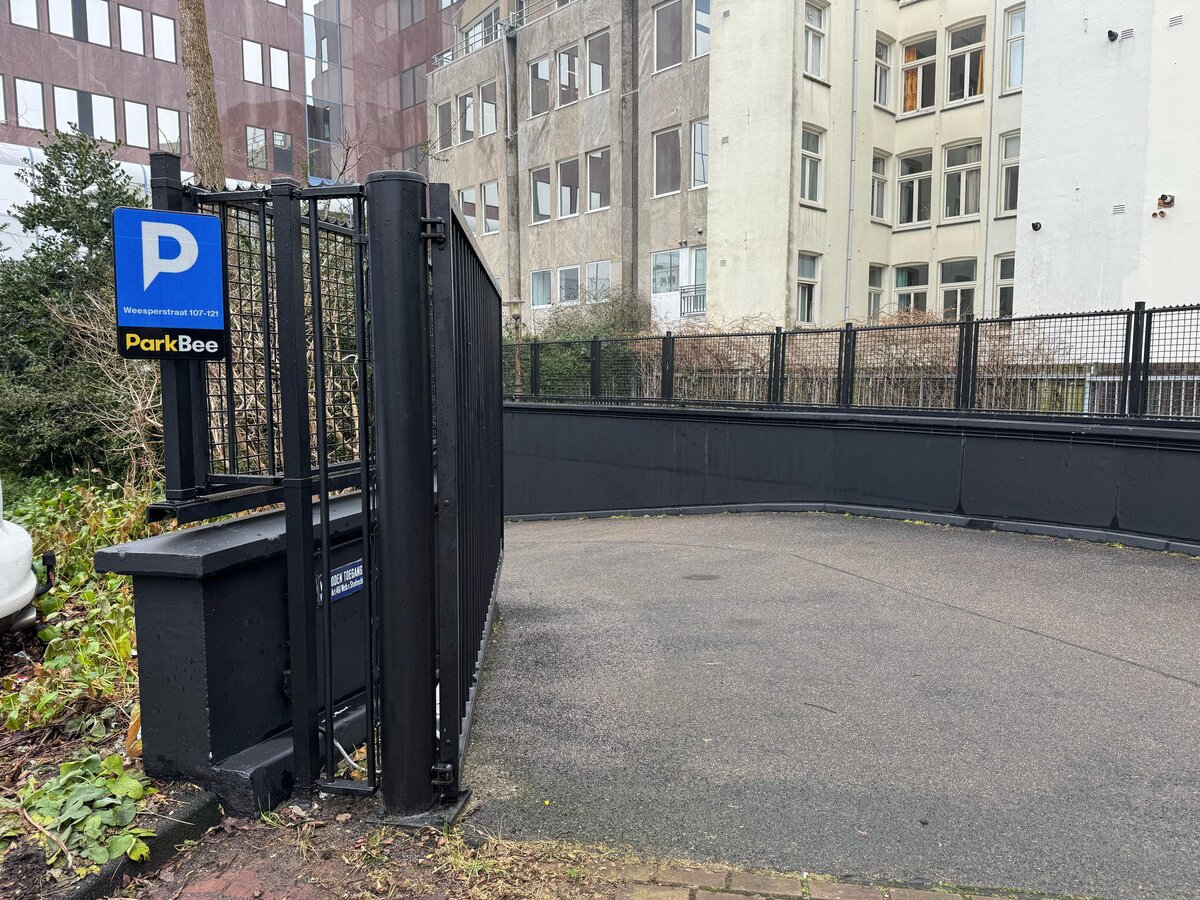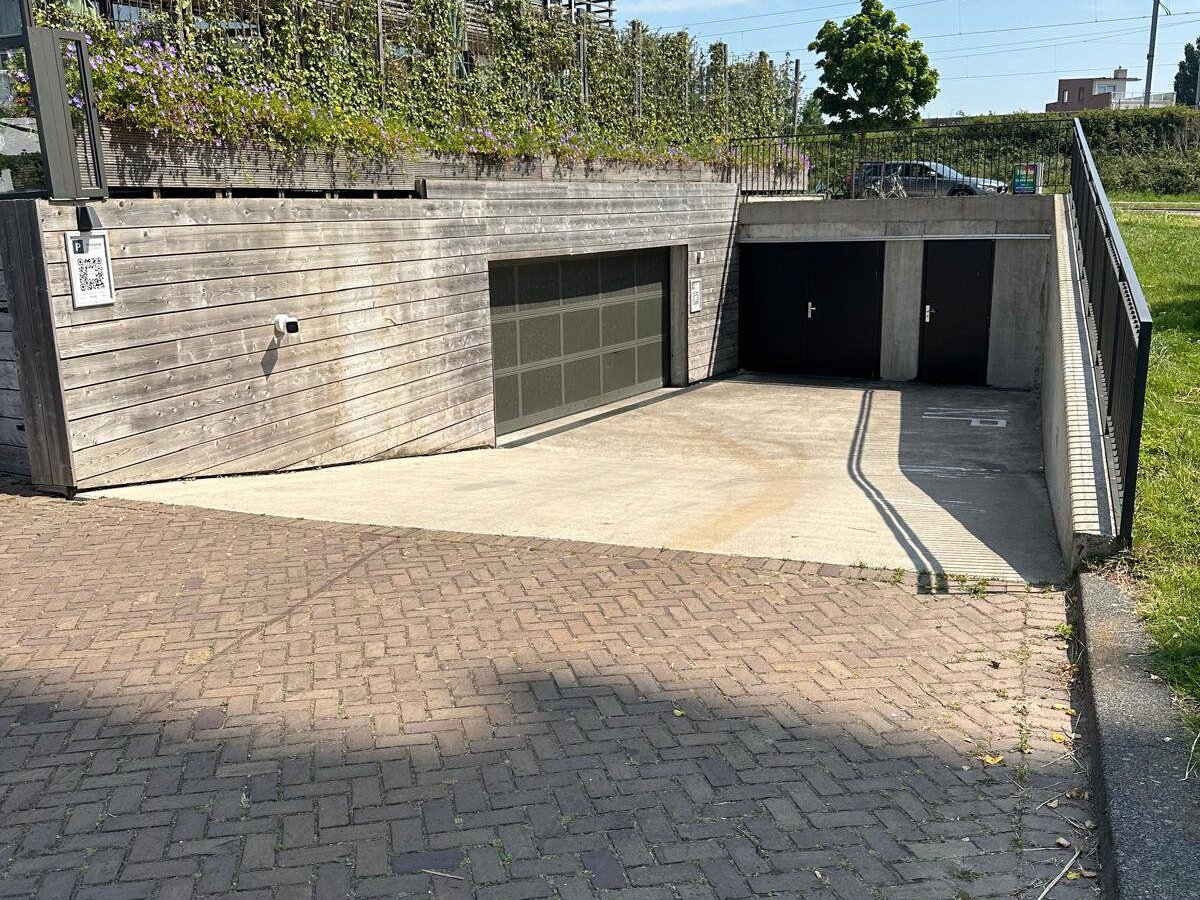





Find parking near Transvaalbuurt, Amsterdam Oost, Amsterdam
Transvaalbuurt (also referred to as Afrikanerbuurt or simply Transvaal) is an Amsterdam neighborhood located in Noord-Holland in the Netherlands, consisting of 4517 homes. 9248 people call Transvaal home. Located between Transvaalkade in the south and Wibautstraat in the west as well as Amstelstation/Muiderpoortstation railway tracks in the north it occupies 38 hectares covering 38 ha with 4517 houses totalling 4517 homes/9248 people living here. It covers 38 ha and comprises 38 Ha.
This neighborhood can trace its roots all the way back to late 19th-century Amsterdam, when it first formed part of Nieuwer Amstel municipality as an outlier on its right bank of the Amstel River between Amsterdamse Grensstraat and Watergraafsmeer municipalities. In 1896, Amsterdam annexed the northern portion of Nieuwer Amstel that encompassed this area; Transvaalbuurt then emerged as an urban expansion project during this era, beginning construction during the 1910s and 1920s. Berlage designed an innovative street plan, including both straight and curved streets interspersed with squares and parks. Many workers' houses were constructed according to Amsterdam School principles, creating an eye-catching area with unique corners and beautiful finishes; however, many of the dwellings may be relatively small in size.
Transvaalbuurt was initially developed through several housing associations that constructed blocks of social rental houses: Het Bouwfonds Handwerkers Vriendenkring was one of the pioneering housing associations to pioneer social rental homes: they included Het Bouwfonds Handwerkers Vriendenkring which focused on housing for Jewish Amsterdamers from sanitized slum neighborhoods; Amsterdamsche Cooperatieve Onderwijzers Bouwvereeniging; Catholic Housing Association Het Oosten; Christian Housing Association Patrimonium and Algemene Woningbouwvereniging which emerged out of social democratic movements like Algemene Woningbouwvereniging while the Gemeentelijke Woningdienst Amsterdam also started building homes here.
After Waterlooplein was cleaned up prior to World War II, many Jews relocated to Transvaal and Rivierenbuurt as their neighborhood around Waterlooplein was de-Jewified and made less hospitable for Jews - resulting in it becoming almost exclusively Jewish with over 80% Jewish residents in early 1940s. On the notorious Stippenkaart from 1941, one out of ten Jewish residents would receive a black dot marking them for collection and sent to concentration camps.
Mobypark provides visitors and residents of Transvaalbuurt with affordable and convenient parking solutions at reasonable rates. Through our app, it's easy to reserve a space in advance so you know you will have one waiting when you arrive - our parking options are conveniently situated throughout the neighborhood for ease of travel; plus our competitive prices mean you can take advantage of everything Transvaalbuurt has to offer without breaking the bank!
Parking rates near Transvaalbuurt
Parking time
Mobypark parking rates
1 hour parking
from € 1.89
24 hours parking
from € 23.43
1 week parking
from € 130.00
1 month parking
from € 300.00



